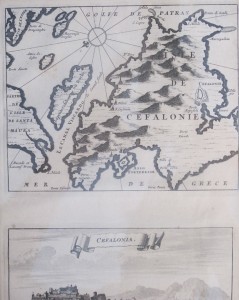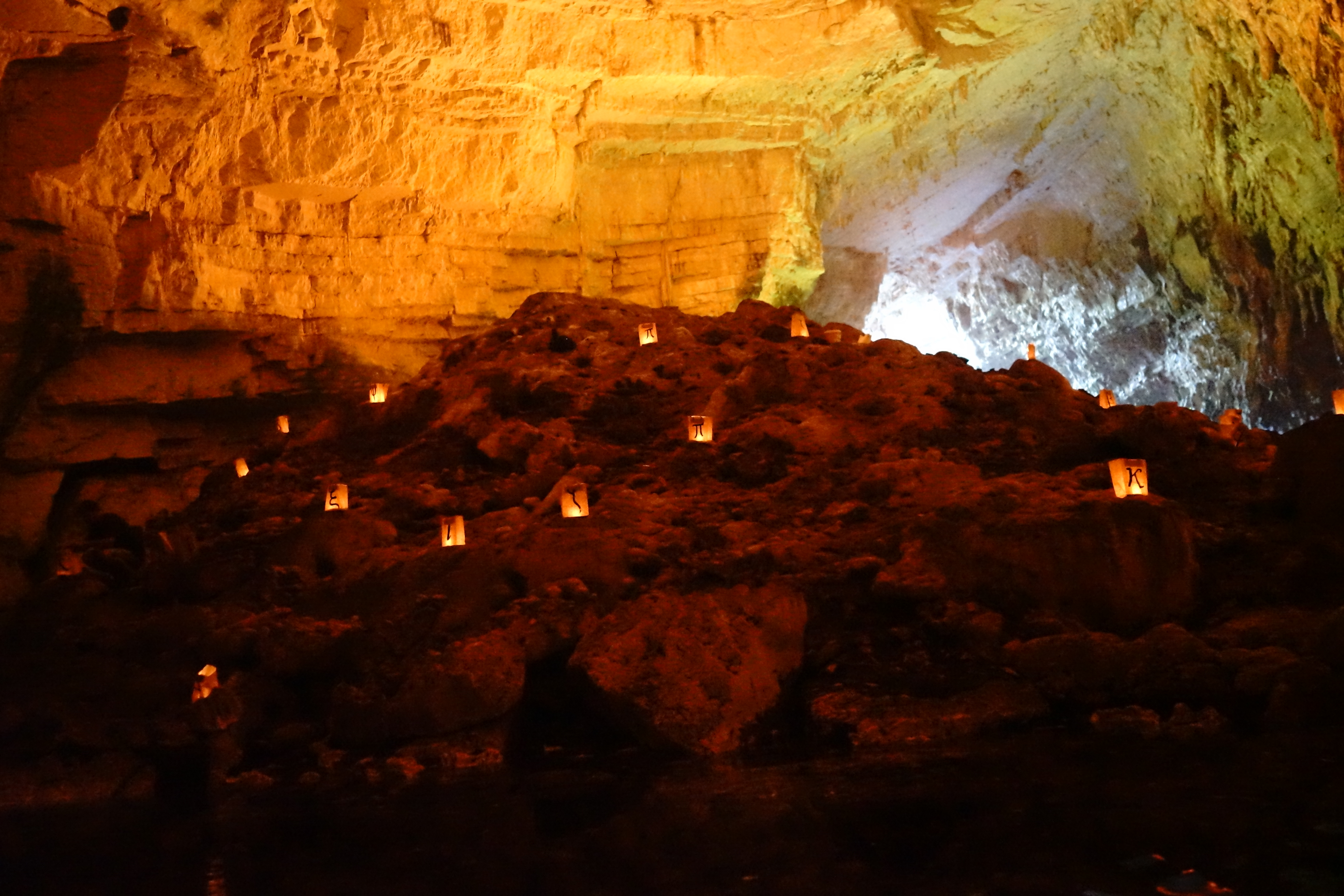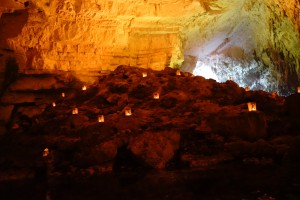
 NICHOLAS JONES : ‘’IONIAN ODYSSEY’’
NICHOLAS JONES : ‘’IONIAN ODYSSEY’’
All who wander are not lost
For over 15 years, Melbourne artist Nicholas Jones has been making his unique work out old and unwanted books. His current body of work follows the history of navigation and mapping in the Ionian Sea, focusing on the island of Kefalonia.
Inspired by studies of the journeys of Odysseus and the collection of the Corgialenos Library in Argostoli, Jones Odyssey brings him from Australia to Greece in search of the Old, the New and the Forgotten.
*Nicholas Jones *
www.bibliopath.org <http://www.bibliopath.org/>
John Buckley Gallery – Nicholas Jones
<http://www.johnbuckleygallery.com/…/nicholas-jones-mining-t…>
State Library Exhibition – Nicholas Jones
<http://www.slv.vic.gov.au/event/conspiracy-cartographers>
Meanjin – Nicholas-jones
<http://meanjin.com.au/…/well-readan-interview-with-book-sc…/>
Where They Create – Nicholas-Jones
<http://wheretheycreate.com/Nicholas-Jones>
Facebook Page – Nicholas Jones Book-Sculptor
<https://www.facebook.com/pages/Nicholas-Jones-Book-Sculptor/328129883874336>
Documentary on Nicholas Jones 2011 <http://vimeo.com/27334681>
Thoughts by the Art Critic George Kakis Konstantinatos,
introducing the work and exhibition of Nicholas Jones entitled<< IONIAN ODYSSEY>>
Ionion Center for the Arts and Culture ,Greek Island Kefalonia
August 31 2015
Just as the Antikythera Mechanism, where we see something rather very small, that hides a vast knowledge, specificity, precision, wisdom, thus – under similar terms- we should see the work of Nicholas Jones.
Like something very small, that hides his hard work, talent, knowledge
and the study of the object, which is the artistic sculpture – ‘surgical’ ‘- interference
mainly in old books.
What one can see with a glance touch in the work of Jones is that his books carry
dust of the time were written, along with the meander of the life struggle of that time,
things that both the artist brings to day light , to accept on their leaves the fresh air
in a renewed journey where their new life is starting now!
The paper cutting sculpture of Jones is respectfully taking into account what is written within these books,
The theme of the book, together with the material on or by which this occurs:
The old paper, the ink, the era fonts, etc. all been brought in today.
Given that the books printed under the photosynthesis process ,
none of them will stay permanently throughout the upcoming centuries …
(The destruction will happen under very slow process, already determined by all of us as fact regarding the
first fax printings or the payment receipts).
Only pages that are printed in the classical way in printing pressure machines- as
Example the Heidelberg type- will survive.
… the use by the artist of this specific type of classic books and their emergence in a new context, setup a play with the knowledge and the time , that posses a considerable importance.
In the present exhibited work entitled “”IONIAN ODYSSEY’’ we have a Maritime travel and Mapping.
The Navigation <>, needs the Mapping the <
With the assistance of the mapped knowledge, this visual navigation, searches and claims
through this Odyssey an opening in the horizons from the Old and Forgotten to the New,
still possessing the inherent seed decay.
But even so according the subtitle of the exhibition: Those who wandered were not lost!
In the Ionian Odyssey of Jones, Kefalonia Island is referred to as the Central Point.
The Creator has a clear inner sense leading him – perhaps without knowing it – and holding the papers of
Corgialenios Library, implements with his work achievements the fact that during the Greek Empire(so called by the famous Englishman Byzantinologist Sir Steven Ransiman), Kefalonia was the Center in the Ionian Sea, under the administrative title <>.
The artist is conversing- maybe- with his own “”red dressed” people, commanders of the Islands between 1810 to 1864. These people had among them the negative “Maitlands”, rejected by the local collective conscience and the positive “Napier”, saved by the consciousness of the island’s world.
Nicholas Jones works on what only through true art can be operated: He returns to the World clear the body of the Ionian Islands, expurgated by removing with his work any fainthearted geopolitical considerations.
His instrument to achieve this apologetic clearance, patience and art is his scalpel-cutter, cutting paper of his last as prayer, passing hundreds of times over the leaves of his books, chiseling and cutting them, one by one!
The book, a book, any book, tells us “something”. This same “something” is what Jones points out, interfering with his paper cutting, highlighting –after his long study-geographical, historical, cultural elements.
Let’s take as example of his work the little booklet that molds the Lion of St. Mark,
On it is printed the play “Othello” by William Shakespeare.
Yes but Othello is an official of Venice, entity having as emblem of St. Mark’s Lion.
So Jones succeeds to connect in a “talk” Shakespeare, Venice and Othello on the same scene that is the Ionian Islands, underlining the fact of the Venetian occupation on the Ionian Islands, thus putting the project in the body of this report entitled ‘’Ionian Odyssey’’.
Making one digression here to say that Othello, the famous “Black” of the famous Shakespearean tragedy, it would of course never been black. The places reserved to those black people by the Republic of Venice was rather the role of the ship rowers. What is true is that the coat of arms of the historical person , who Venice entrusted the management of Cyprus of acquisition, was represented by three berries, with underneath the word “Mauro”, in Greek means “Black”. The detail, together with the black deed of the murder of his wife Dysdaimona from undue jealousy, gave the Othello the feature of Black!
Beneath the black (or dark red or green or dark anyway -compared with white pages-) cover of his books, Nicholas Jones highlights the whiteness of the pages.
If we want to integrate his artistic work we would say that certainly belongs to the genre of sculpture.
The micro – graphic sculpture.
My opinion is that ,we still can connect this kind of sculpture with one of the art styles :
The “Op Art” (Optical Art).
Τhe fact however is that, Jones finds with his work,His Globally recognizable figurative mannerism.
(Which I’m sure started playing as a kid …!)
And the playfulness between Micro-graphic Sculpture and “Op Art”, in the postmodern era in which we are already, brings to mind a sense from the History of Art:
As Humanity nowadays is attending all her past passing in front of her eyes in a speedy way, we can consider as war signal the return of all styles….!
George Kakis Konstantinatos
Actor- Director –Visual Artist
kakis111@gmail.com










